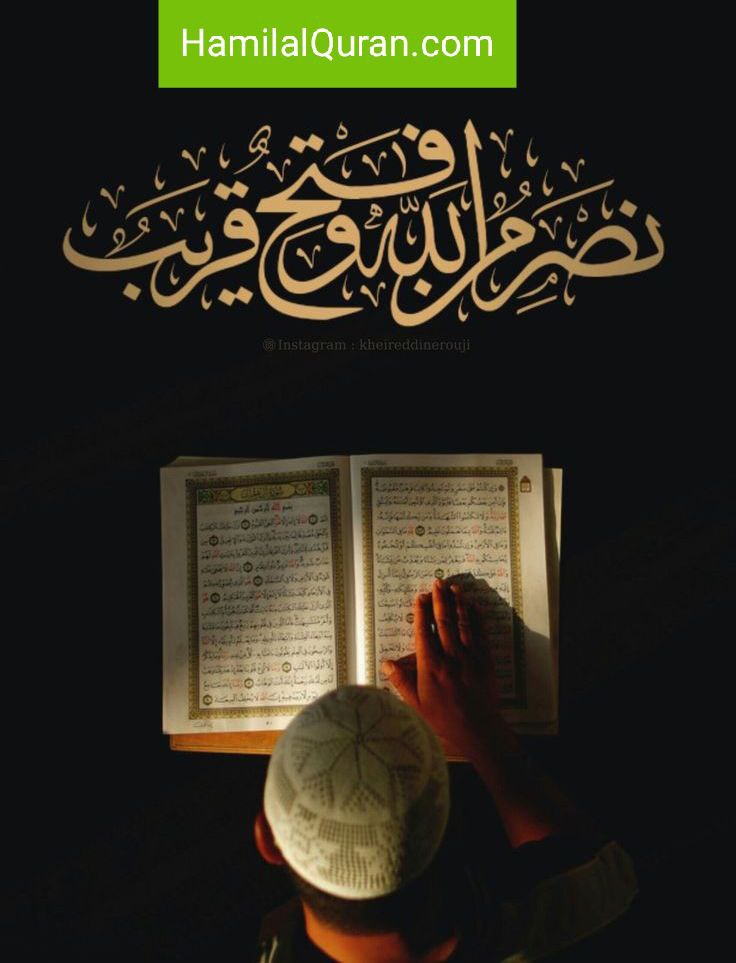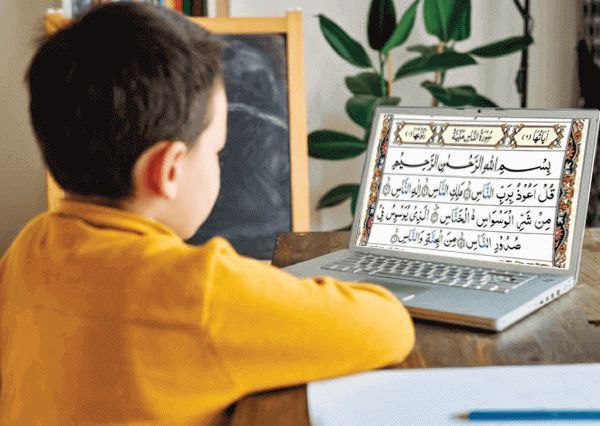The Holy Quran is a unique text in many ways, and its literary style is no exception. It is a combination of prose and poetry, and it uses a variety of literary devices to create a powerful and moving effect.
One of the most striking features of the Holy Quran’s literary style is its use of rhyme. The Holy Quran is divided into 114 chapters, or surahs, and each surah is further divided into verses or ayahs. The verses are often rhymed, and this gives the Quran a musical quality that is both beautiful and memorable.
Another distinctive feature of the Holy Quran’s literary style is its use of repetition. The Holy Quran often repeats certain phrases or words, and this repetition helps to emphasize the importance of the message being conveyed. For example, the Holy Quran frequently repeats the phrase “There is no God but Allah,” or “La Illaha Ila Allah” and this repetition serves to remind the reader of the central message of Islam, which is that there is only one God.
The Quran also uses a variety of other literary devices, such as:
Table of Contents
Toggle- metaphors,
- similes,
- alliteration.
These devices help to create a vivid and engaging text that is both intellectually stimulating and emotionally powerful.
The Holy Quran’s literary style is a complex and sophisticated one, and it has been studied by scholars for centuries. The Quran’s use of rhyme, repetition, and other literary devices helps to create a text that is both beautiful and meaningful. It is a text that has inspired and challenged people for centuries, and it continues to do so today.

Examples of Quranic verses that use Repetition or Parallelism
An example of a Quranic verse that uses parallelism:
Allah says:
"Our Lord, do not impose blame upon us if we have forgotten or erred. Our Lord, and lay not upon us a burden like that which You laid upon those before us. Our Lord, and burden us not with that which we have no ability to bear. And pardon us, and forgive us, and have mercy upon us. You are our protector, so give us victory over the disbelieving people."
This verse uses parallelism to create a sense of rhythm and flow. The first two lines of the verse are parallel, as are the last two lines. This parallelism helps to emphasize the message of the verse, which is the reasoning for forgiveness and mercy.
What literary styles are used in the Quran?
The Quran uses a variety of literary devices to create a vivid and engaging text that is both intellectually stimulating and emotionally powerful. Some of the most common literary devices used in the Quran include:
- Repetition: The Quran often repeats certain phrases or words, and this repetition helps to emphasize the importance of the message being conveyed. For example, the Quran frequently repeats the phrase “There is no God but Allah,” or “La Illaha Ila Allah” and this repetition serves to remind the reader of the central message of Islam, which is that there is only one God.
- Parallelism: The Quran uses parallelism to create a sense of rhythm and flow. Parallelism is a literary device in which two or more phrases or clauses are structured in a similar way.
- Metaphor: A metaphor is a figure of speech in which one thing is compared to another thing without using the words “like” or “as.” For example, the Quranic verse “The believers are like a strong building whose parts support each other” uses a metaphor to compare believers to a strong building.
- Simile: A simile is a figure of speech in which one thing is compared to another thing using the words “like” or “as.” For example, the Quranic verse “And We send down of the Qur’an that which is healing and mercy for the believers”.
- Alliteration: Alliteration is a literary device in which words that begin with the same sound are used close together.
- Assonance: Assonance is a literary device in which words that have the same vowel sound are used close together.
These are just a few of the Quran’s numerous literary techniques. The Quran uses literary techniques to produce a text that is both lovely and profound. Since ancient times, this work has challenged and inspired readers, and it still does so now. To learn those techniques enroll in Quran recitation course free trial online classes offered by Hamil Al Quran Academy

Is there a Poetic beauty in Quran?
The poetic beauty of the Holy Quran is one of its most distinctive literary characteristics, and it has captivated readers and scholars for centuries. The Holy Quran is written in a rhythmic prose known as Sajj’, which is characterized by its balanced sentence structure, repetition, and the use of rhetorical devices such as metaphor, simile, and imagery.
One of the most striking features of the Quranic style is its use of sound patterns and rhyming schemes. The Quranic language is highly musical, and it is marked by a complex system of internal rhyme, assonance, and alliteration. This musical quality is created through the use of repeating patterns of consonants and vowels, and it serves to enhance the emotional impact of the text.
The Quranic style is also marked by its use of metaphor and imagery. The language is rich in symbolism, and many of its verses are open to multiple interpretations. The use of metaphor and imagery serves to convey complex ideas and emotions in a powerful and memorable way.
In addition to its musical and metaphorical qualities, the Holy Quranic style is also marked by its simplicity and clarity. The language is carefully crafted to convey complex ideas and emotions in a concise and straightforward manner, making it accessible to all readers of all levels of education and background, and nationality.

Conclusion
The poetic beauty of the Holy Quran is a testament to the beautiful and great creator (Allah) SWT. Its musical quality, use of metaphor and imagery, and simplicity and clarity have made it a timeless masterpiece of world literature. the literary style makes Quran Hifz (memorization) easier for all people to memorize.
